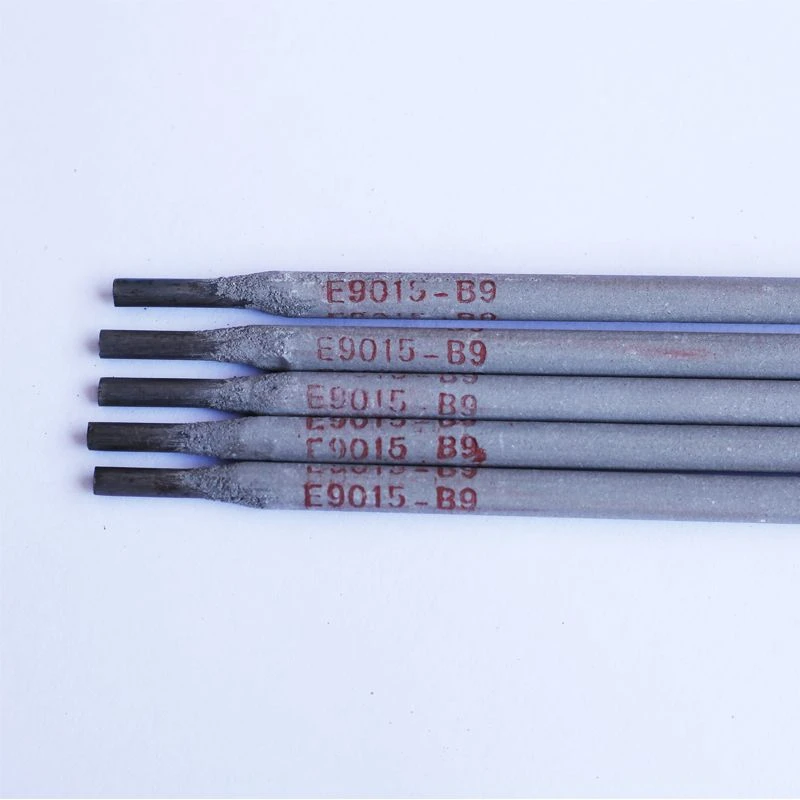AWS E6010 Universal Carbon Steel Welding Rods 2.5-5.0mm
মার্চ . 04, 2025 11:18
When considering welding cast iron, selecting the right welding rod is crucial to ensure a strong, durable repair or joint. Cast iron welding is notoriously challenging due to its high carbon content, which can lead to cracking during the cooling process if not properly managed. This article delves into the specific types of welding rods best suited for cast iron, discussing their properties, applications, and the expert considerations for their use.
Another aspect to consider when welding cast iron with nickel-based rods is the preheating and post-heating process. Preheating the cast iron to a temperature range of 500°F to 1200°F depends on the thickness and size of the part. Preheating minimizes thermal shock and reduces the risk of immediate cracking. After welding, a slow cooling process or post-heating can help further alleviate internal stresses. Alternative options for welding rods include cast iron rods and steel rods. While these can sometimes be a more cost-effective solution, they come with their own set of limitations - Cast Iron Rods Typically used for grey iron repairs, these rods can produce a weld with similar hardness properties to the base metal. However, they can be brittle, and their machinability may not be as favorable unless the proper cooling techniques are applied. - Steel Rods While not typically recommended for cast iron, steel rods can be used in certain situations where a temporary repair is needed. When using steel rods, welding techniques must be more controlled due to the significant difference in expansion between steel and cast iron, which can lead to increased stress and potential cracking. The success of welding cast iron not only depends on the correct choice of welding rod but also on the welder’s expertise in executing the weld. Welding techniques, such as peening the weld to relieve stress and using a short arc to minimize heat input, are critical strategies that experienced welders use to ensure a reliable weld. In conclusion, selecting the right type of welding rod is an essential aspect of any cast iron welding project. Nickel-based rods are generally the most reliable choice due to their compatibility with the properties of cast iron, although considerations around thickness, type of cast iron, and specific use case can dictate alternative choices. Guided by expertise, a thorough understanding of the welding environment, and informed by past experiences, the right rod can lead to successful, long-lasting repairs or constructions involving cast iron.


Another aspect to consider when welding cast iron with nickel-based rods is the preheating and post-heating process. Preheating the cast iron to a temperature range of 500°F to 1200°F depends on the thickness and size of the part. Preheating minimizes thermal shock and reduces the risk of immediate cracking. After welding, a slow cooling process or post-heating can help further alleviate internal stresses. Alternative options for welding rods include cast iron rods and steel rods. While these can sometimes be a more cost-effective solution, they come with their own set of limitations - Cast Iron Rods Typically used for grey iron repairs, these rods can produce a weld with similar hardness properties to the base metal. However, they can be brittle, and their machinability may not be as favorable unless the proper cooling techniques are applied. - Steel Rods While not typically recommended for cast iron, steel rods can be used in certain situations where a temporary repair is needed. When using steel rods, welding techniques must be more controlled due to the significant difference in expansion between steel and cast iron, which can lead to increased stress and potential cracking. The success of welding cast iron not only depends on the correct choice of welding rod but also on the welder’s expertise in executing the weld. Welding techniques, such as peening the weld to relieve stress and using a short arc to minimize heat input, are critical strategies that experienced welders use to ensure a reliable weld. In conclusion, selecting the right type of welding rod is an essential aspect of any cast iron welding project. Nickel-based rods are generally the most reliable choice due to their compatibility with the properties of cast iron, although considerations around thickness, type of cast iron, and specific use case can dictate alternative choices. Guided by expertise, a thorough understanding of the welding environment, and informed by past experiences, the right rod can lead to successful, long-lasting repairs or constructions involving cast iron.
Related Video
Copyright © 2025 Dingzhou Jinlong Metal Production Co., Ltd. All Rights Reserved. Sitemap | Privacy Policy




























